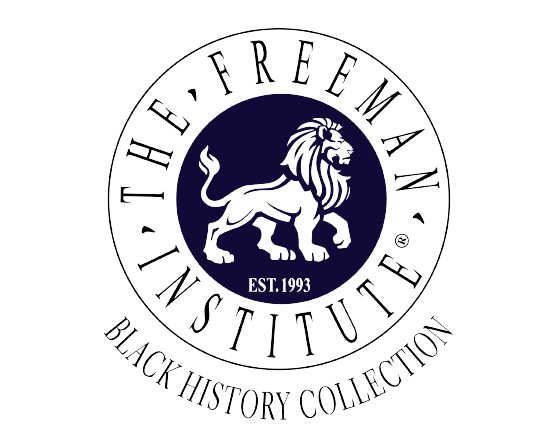
Kentucky Derby

An intriguing engraving shows the famous horse named Wagner and Cato, the slave boy, who won his freedom riding it in 1839, some 36 years before the first Kentucky Derby race in 1875. It is a fascinating story. This particular framed engraving (definitely 19th century), hung on one of the walls of the long established, Sedgefield Country Club in Greensboro, NC. On the back of the frame, written in an old-looking ink, is the list of the horses that were sired out of the union between Wagner and Chestnut H. in 1834. The list includes Maria West, Sir Charles, Sir Archy, Bosphorus, Sally Shark, Rigulus and many more...
-- BACKGROUND: In the book, Black Maestro Joe Drape writes, "The most often told tale handed from one generation of Bluegrass stable boys to the next was the one that gave them the most hope. It was about Cato, the slave jockey who gained his freedom by winning one of the most important races ever held in Kentucky. On September 30, 1839, in Louisville, some ten thousand people -- nearly half of the river town's population and newspapermen from as far away as Baltimore and New York -- came to the Oakland Race Course to see Cato and a Virginia-bred horse named Wagner take on the pride of Kentucky, a home-bred named Grey Eagle. It was a winner-take-all match for a purse of $14,000, but the prize money was dwarfed by the betting action that stretched from Louisville to New Orleans and New York in a race that became notorious because 'more money, Negroes and horses were wagered and lost' than in any other race in the United States. Nationally, the big money was on Wagner, a winner of twelve of fourteen starts, but Kentuckians were backing Grey Eagle, a strapping silver colt who had won two of its four starts and had run the fastest two miles in America. A White jockey, Stephen Welch rode him. To take the money and the bragging rights, either Wagner or Grey Eagle had to win two out of three heats each at the distance of four miles. When Cato and Wagner won the first heat, a hush fell over the race track: How had a slave rider aboard a Virginia horse just
out-ridden the glorious Grey Eagle and a White boy? They had not seen anything yet. In the second heat, Cato simply outthought Welch, who was still reeling after a humiliating defeat. He loped Wagner behind as Welch gunned Grey Eagle to the front for one mile, two miles, and murderously, into the third mile. By the final mile, Cato had Wagner at Grey Eagle's neck, but instead of whipping him past, he took firm hold. Wagner felt powerful between his legs and it was too early to try to win the race. Cato put a stranglehold on the horse, so both rider and horse could catch their breath. As the two horses hit the stretch together, the outcome was truly in doubt" Grey Eagle stuck a neck out in front, Wagner took it back by a nose, Welch dug in to get the lead back by a head, but with a final burst, Cato and Wagner lunged past the finish line, first by a neck. It was a race for the ages and its retelling among the Bluegrass stable boys took on epic significance, especially the part after the race. Wagner's owners not only granted Cato his freedom, but hoisted the rider on their victorious horse with a satchel full of the purse money."
Send a Message
Contact Us
Office location
Gambrills, MarylandGive us a call
(410) 991-9718Send us an email
[email protected]Other website
freemaninstitute.com/Collectmain.htm